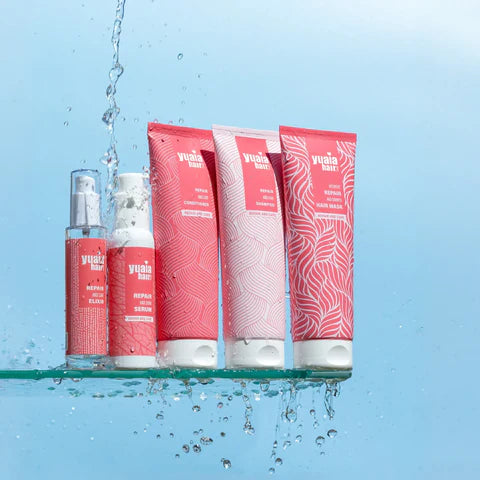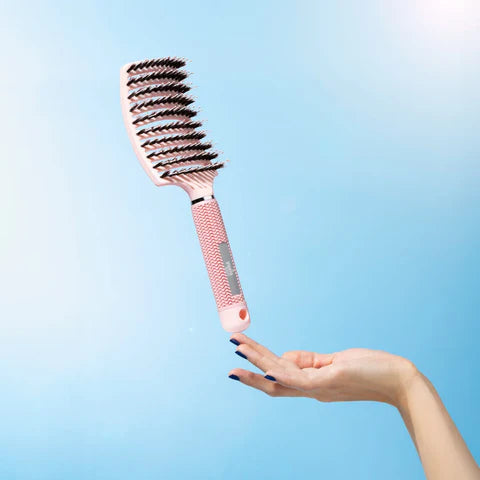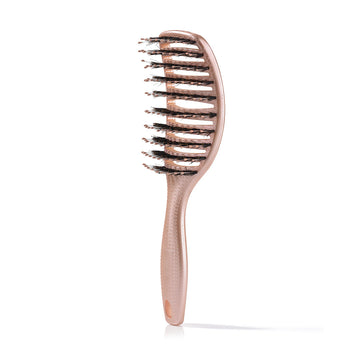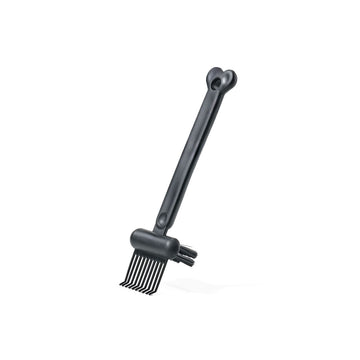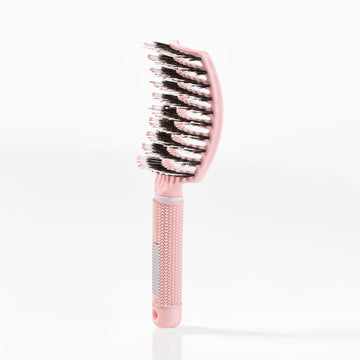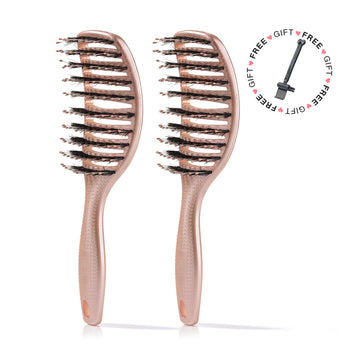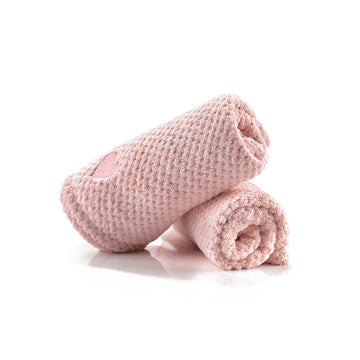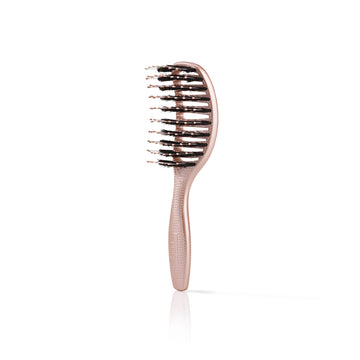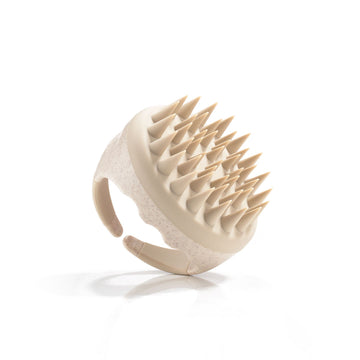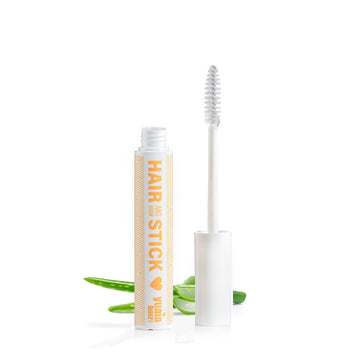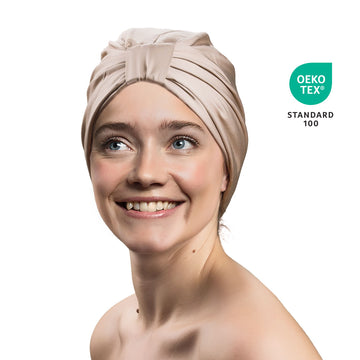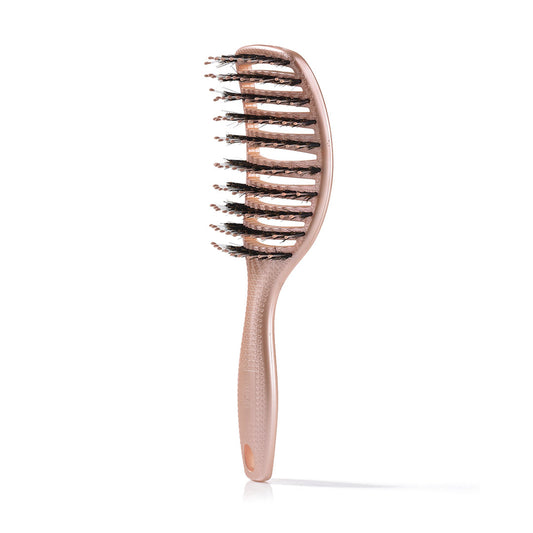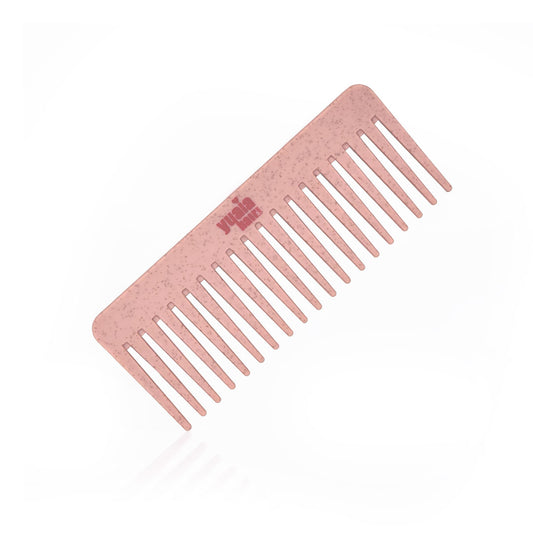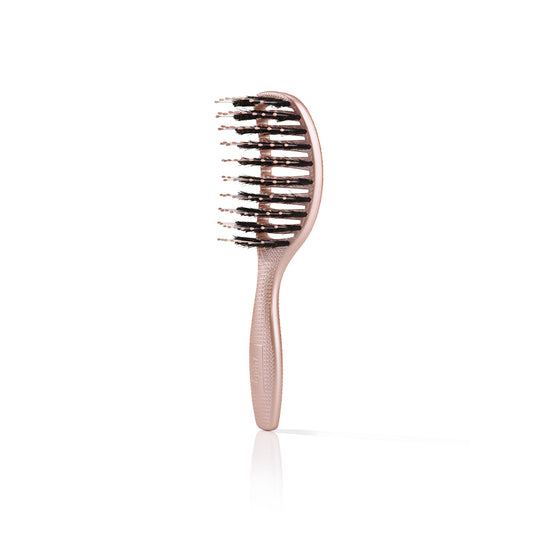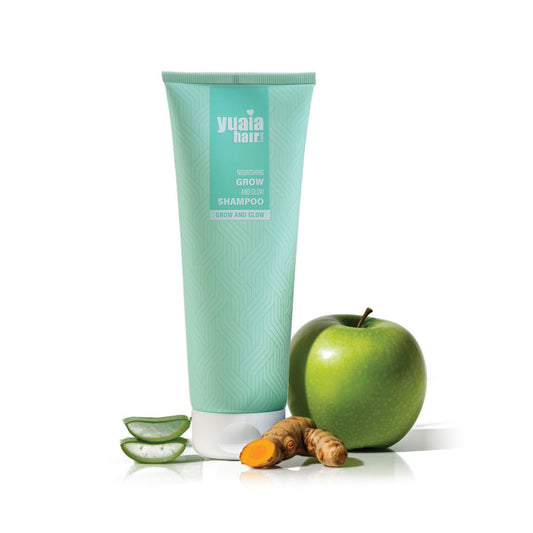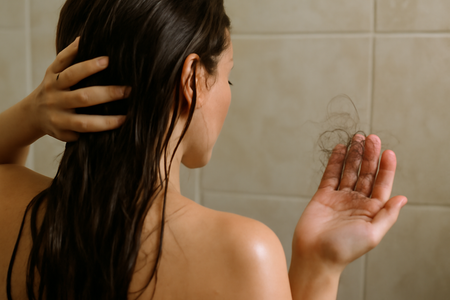
Perception vs. reality: Does hair length affect shedding?
When it comes to hair shedding, the length of your hair does not inherently cause an increase in the number of hairs shed. The biological process of hair shedding remains consistent, with an average of 50 to 100 hairs naturally falling out each day, regardless of whether you have short or long hair. This is a natural cycle that all hair undergoes.
The perception that longer hair sheds more often stems from the fact that longer hair is simply more noticeable when it falls out. A single long hair can appear more dramatic and alarming than a short one, especially when collected in a brush or seen after washing. This can lead to the misconception that those with longer hair experience more shedding, when in fact, it is the visibility that creates this impression.
Factors contributing to the perception of increased shedding
Several factors can lead to the perception of increased hair shedding, particularly for those with longer hair:
- Accumulation of hair: Longer hair is more visible when it accumulates on clothing, in brushes, or in shower drains, making it seem like more hair is being lost.
- Breakage from styling practices: Tight hairstyles and frequent heat styling can cause breakage, which is often mistaken for shedding. This type of damage can make it seem like more hair is being lost than what is actually occurring through natural shedding.
- Daily routine visibility: Longer hair is more likely to be noticed throughout daily activities, such as when brushing or washing, leading to an increased awareness of hair loss.
Practical tips to manage hair shedding
To effectively manage hair shedding and maintain healthy hair, consider the following tips:
- Gentle hair care practices: Avoid tight hairstyles and excessive heat styling to minimize breakage. Instead, use gentle techniques and tools to protect your hair. For instance, our rosemary hair oil can be applied to nourish the scalp and hair, promoting healthier growth and reducing breakage.
- Brushing and detangling: Use a wide-toothed comb to gently detangle hair, reducing the risk of breakage. This method is especially beneficial for longer hair, as it helps prevent pulling and snapping.
- Choose the right products: Opt for sulfate- and silicone-free shampoos and conditioners, like our Grow and Glow shampoo, which supports overall hair health without weighing it down or causing buildup.
By understanding the difference between actual hair shedding and perceived shedding due to hair length, you can better manage your hair care routine and alleviate concerns about hair loss. Focusing on gentle practices and using nourishing products can help maintain strong, healthy hair, regardless of its length.
Enhancing long hair resilience
For those with long hair, maintaining resilience is key to minimizing perceived shedding. Long hair can be more prone to breakage due to its length and exposure to environmental factors. To strengthen long hair, consider using products that focus on repairing and protecting the hair shaft. At Yuaia Haircare, we offer a range of products that can help in this regard. For example, our rosemary hair oil is excellent for nourishing the scalp and promoting healthy hair growth, which can reduce breakage and enhance the overall strength of your hair.
Brushing and hair care for long hair
Proper brushing techniques are essential for preventing breakage and maintaining healthy hair. Long hair requires gentle handling to avoid unnecessary stress on the strands. Using a brush specifically made for long hair, like our Curvy Brush, can help detangle hair effectively without causing damage. This brush is made with boar bristles that glide smoothly through hair, reducing the risk of breakage and helping to maintain the integrity of long strands.
Frequently asked questions
Does longer hair mean more hair loss?
No, longer hair does not mean more hair loss. The number of hairs shed daily remains consistent regardless of hair length. However, longer strands are more visible, which can create the perception of increased shedding.
How can I tell the difference between shedding and breakage?
To distinguish between shedding and breakage, examine the ends of the hair. Shedding typically involves whole strands with a bulb at the end, while breakage results in pieces of hair with split or uneven tips. Using gentle hair care practices can help reduce breakage.
What can I do to manage hair shedding effectively?
To manage hair shedding effectively, focus on maintaining a healthy scalp and using products that strengthen the hair. Avoid tight hairstyles and excessive heat styling, and use a gentle brush to prevent breakage. Nourishing products like our rosemary hair oil can promote healthier hair growth and reduce breakage.
 2-4 day UK delivery
2-4 day UK delivery
 25.000+ satisfied customers
25.000+ satisfied customers
 Satisfaction Guarantee
Satisfaction Guarantee



